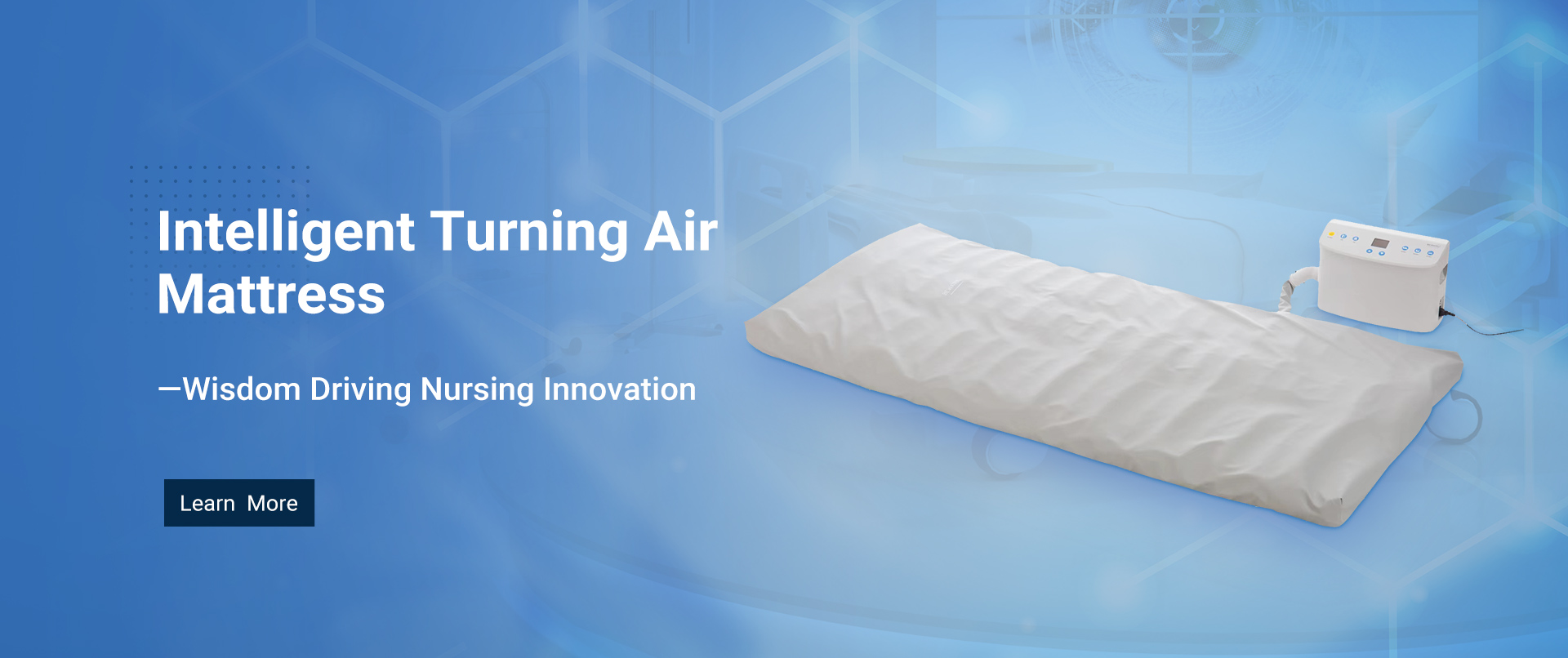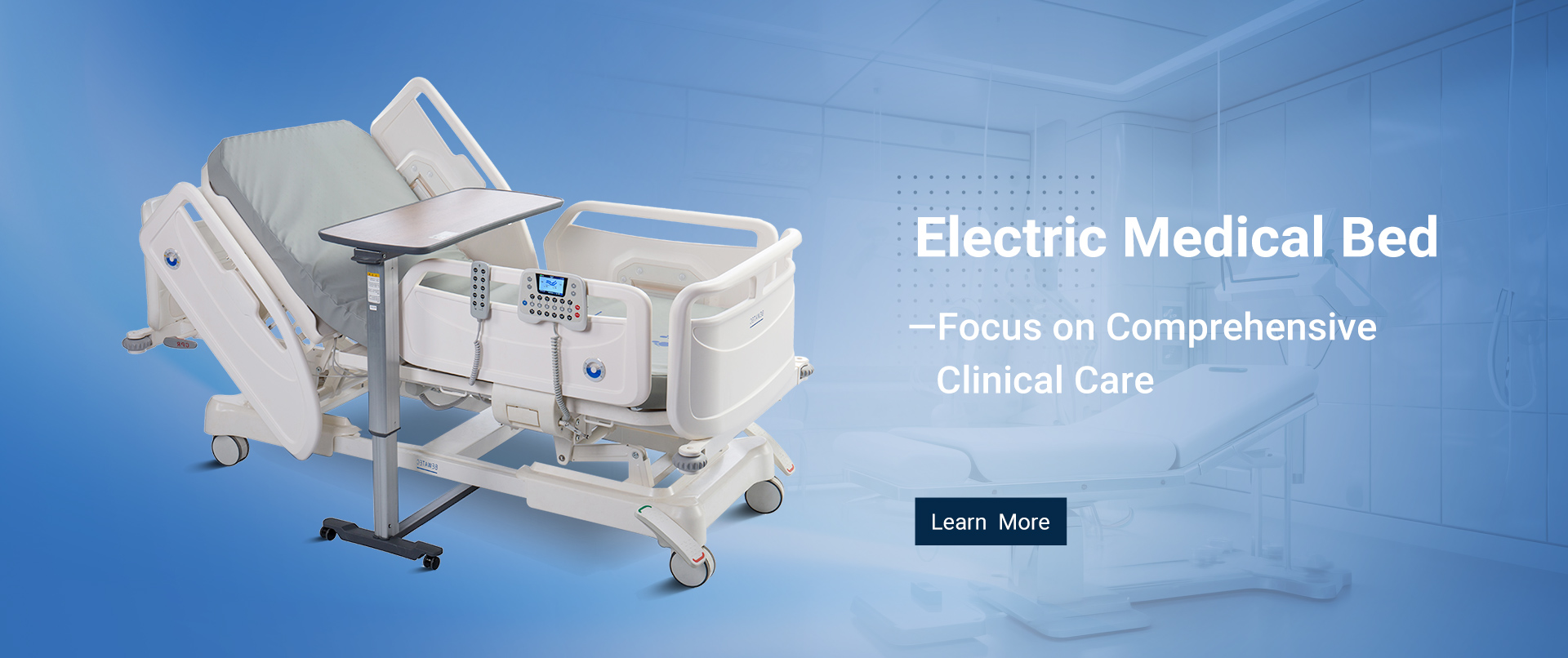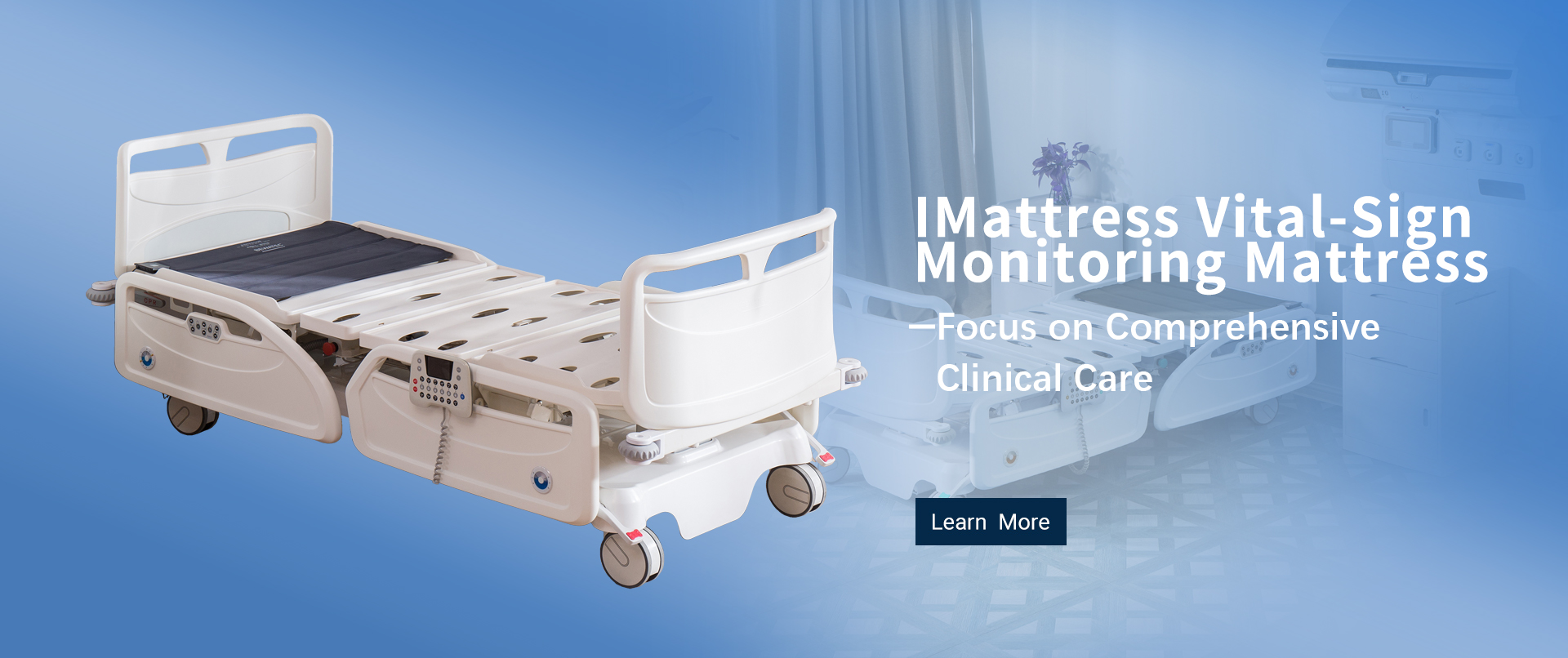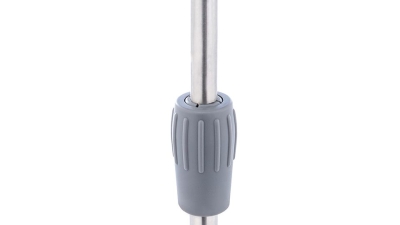
7 Secrets to Enhance Patient Comfort in Healthcare Settings
Table of Contents
- Ways to Create a Welcoming Environment for Patients
- The Role of Sensory Elements in Patient Comfort
- Harnessing Technology to Improve Patient Interaction
- Advancing Staff Training for Enhanced Patient Care
- Personalizing Patient Experience Through Customization Options
- Essential Features of Quality IV Drip Stands for Enhanced Patient Safety and Comfort
- FAQS
- Conclusion
- Related Posts
In today’s world, where tech is playing an even bigger role in healthcare, making patients feel comfortable has really become a top priority for medical providers. It’s pretty interesting—studies show that more than 70% of patients see better results when they’re at ease during their care. That just goes to show how much patient satisfaction impacts overall health outcomes.
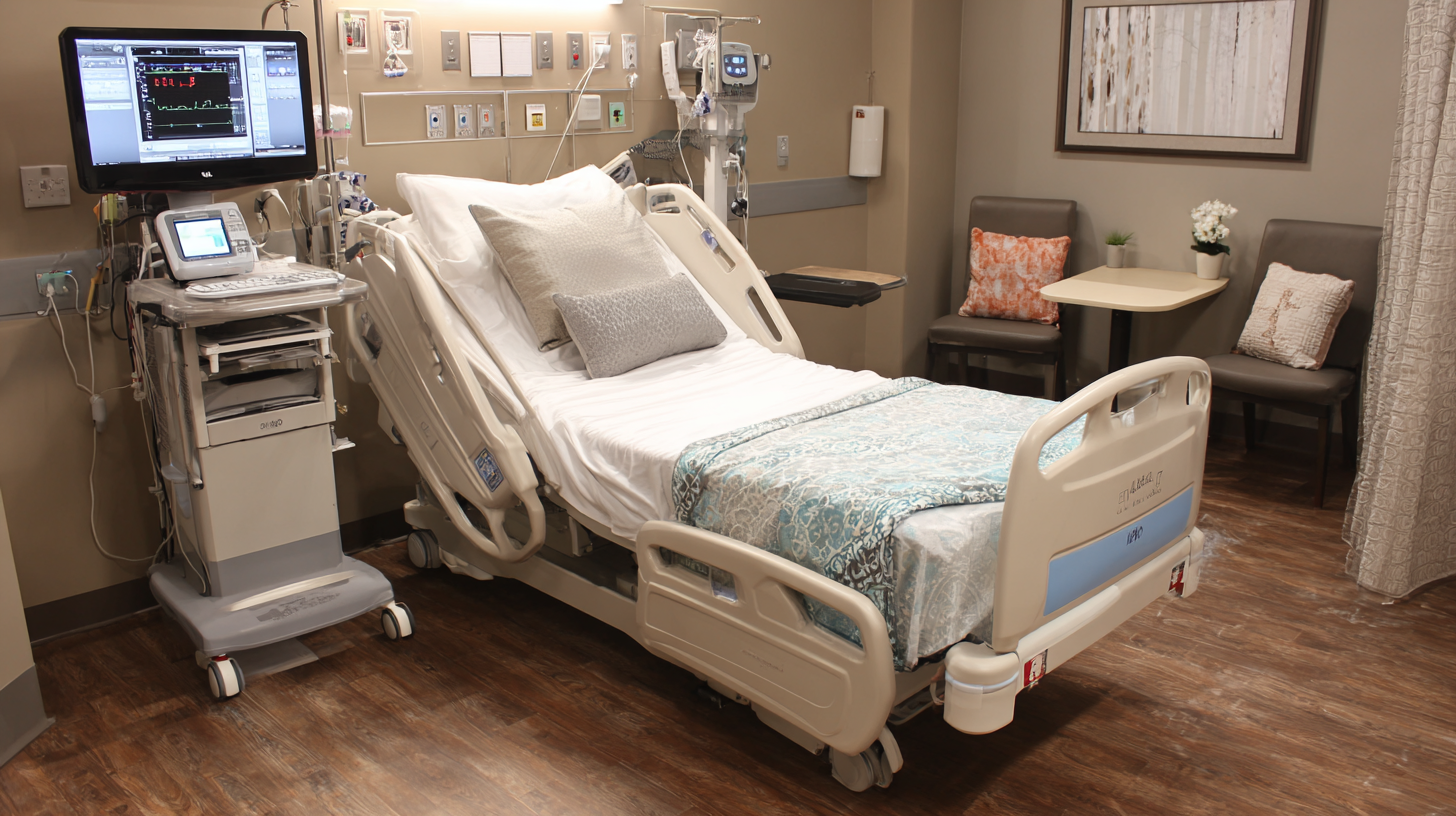
Bewatec (Zhejiang) Medical Device Co., Ltd. is right there on the cutting edge of this shift, focusing on smart medical solutions and pushing forward the digital revolution in healthcare worldwide. By creating personalized digital care plans, we’re aiming to boost patient comfort without sacrificing safety or efficiency.
As we dive into the ‘seven secrets’ to making patients more comfortable, it’s clear that a cozy, welcoming environment doesn’t just help patients feel better—it actually leads to better healthcare results. This all helps us stand out as a global leader in innovative, smart medical care solutions.
Ways to Create a Welcoming Environment for Patients
Making your healthcare space feel welcoming really makes a difference for patients’ comfort and overall experience. One simple but effective way to do this is by sprucing up the waiting area. Think cozy lighting and comfy chairs—stuff that makes folks feel relaxed right away.
 Throw in some plants or nice artwork, and suddenly the space feels a lot less clinical and way more inviting. And hey, little touches like offering free water or tea can show patients you care—small gestures that can really brighten their day.
Throw in some plants or nice artwork, and suddenly the space feels a lot less clinical and way more inviting. And hey, little touches like offering free water or tea can show patients you care—small gestures that can really brighten their day.
On top of that, good communication is key. When staff take a moment to greet patients warmly and genuinely listen to their questions, it helps cut down anxiety and builds trust. Training staff to show empathy and engage a bit more personally can make a huge difference. Also, using tech like appointment reminder apps can help patients feel more in control of their visits. All these things combined—kind words, a cozy environment, and helpful tech—can really turn a visit into a more positive and comforting experience for everyone involved.
The Role of Sensory Elements in Patient Comfort
Making sure patients feel comfortable is a really big deal in healthcare settings, especially when you think about how sensory stuff plays a role. I recently came across some studies showing that visual elements in kids' patient rooms can actually make a difference. Turns out, children and teens aged 8 to 17 tend to feel more at ease when the environment has visuals tailored to their tastes. There was this cool virtual reality and eye-tracking research that found when young patients interacted with thoughtfully selected photos, not only did it keep them engaged, but it also made their overall experience during visits way more positive.
On top of that, more places are starting to use multi-sensory approaches, especially for folks with dementia. Things that stimulate all five senses—like smell, sound, touch, taste, and sight—can tap into happy memories and give folks a comforting boost. The evidence suggests that creating environments rich in sensory experiences really can boost how comfortable and satisfied patients feel. For example, designs that bring in natural elements—like plants and lots of sunlight—have been shown to help with mental wellbeing, making patients feel more relaxed and at ease. Basically, focusing on these sensory touches can turn a healthcare space into a place that promotes healing and makes people feel genuinely cared for.
Harnessing Technology to Improve Patient Interaction
These days, when it comes to healthcare, using technology really makes a difference in how patients feel about their care and how they interact with providers. I read a survey by the American Hospital Association that said about 64% of patients feel that tech solutions are pretty important to their overall satisfaction. Things like telemedicine, patient portals, and health apps have totally changed the game — making it easier for people to connect with their doctors and manage their health on their own. It’s pretty awesome how these tools not only make communication smoother but also give patients more control over their health decisions.
And then, there’s this report from the Healthcare Information and Management Systems Society that shows hospitals with strong patient engagement systems see about a 20% boost in patients sticking to their treatment plans. When folks can easily check their medical records or book appointments online, it really cuts down on the stress and makes everything feel a lot more manageable. Plus, AI chatbots that are available 24/7 offer quick support, so patients can get answers to their questions any time — it’s all about making the whole experience more reassuring and comfortable.
All in all, tech is genuinely transforming how we experience healthcare — making it more accessible, efficient, and patient-friendly.

Advancing Staff Training for Enhanced Patient Care
In today’s healthcare world, improving staff training really makes a difference when it comes to patient comfort and quality of care. I mean, recent reports show that hospitals with solid training programs see about a 30% boost in patient satisfaction—that’s pretty significant! It just goes to show how important it is for healthcare teams to get good at having serious illness conversations (or SICs), which are becoming a really key part of patient-centered care. The Advanced Communication Training (or ACT) Program offers an interdisciplinary approach that helps staff handle some of those tricky emotional moments, all while making sure patients feel truly heard and appreciated.
On top of that, more and more, artificial intelligence (AI) is changing how we train and practice in healthcare. For example, studies suggest that using AI-powered simulations for surgical training can reduce the learning curve by about 20%, while also improving how accurately procedures are done. This kind of tech doesn’t just make procedures smoother and less uncomfortable for patients—it also encourages better teamwork among healthcare providers. By investing in these innovative training tools, hospitals can expect their staff to feel more confident and, ultimately, see better outcomes for patients. The bottom line? A well-trained team means happier patients and safer care all around.
Personalizing Patient Experience Through Customization Options
In today’s healthcare world, making the patient experience more personalized with options that really matter is becoming pretty important. A study from the Institute for Healthcare Improvement showed that when care is more patient-centered, satisfaction scores can jump up by around 30%. Nice, right? Giving people options helps create an environment where they feel more in control and generally more comfortable during their time in care.
One simple but powerful way to boost a patient's comfort is by letting them pick their preferred room environment. For example, a report from Press Ganey Associates found that hospitals that let patients adjust noise levels and temperature saw a 20% drop in anxiety. And on top of that, offering personalized meal choices — whether it’s dietary preferences or restrictions — really seems to make the overall hospital experience better. These little touches might seem small, but they can totally change how patients view their care, and that can even impact their recovery outcomes.
7 Secrets to Enhance Patient Comfort in Healthcare Settings
Essential Features of Quality IV Drip Stands for Enhanced Patient Safety and Comfort
When it comes to patient care, the choice of intravenous (IV) drip stands plays a pivotal role in ensuring safety and comfort during medical treatments. Essential features of quality IV drip stands include simple installation and ease of use, allowing healthcare professionals to focus more on patient care rather than complicated setup processes. A recent study published in the Journal of Medical Equipment suggests that intuitive design significantly decreases the time taken for healthcare staff to prepare IVs, leading to more efficient patient administration and improved workflow in medical facilities.
The convenience provided by modern IV drip stands cannot be overstated. With advancements in design, these stands now offer enhanced mobility, allowing them to be easily maneuvered within various hospital settings. According to a report by the Healthcare Technology Foundation, investing in high-quality IV stands can reduce equipment-related incidents by up to 30%, thereby enhancing patient safety. Features such as adjustable height, stability, and secure locking mechanisms contribute to a safer treatment environment, minimizing the risk of spills or dislodgment.
Comfort is also paramount in patient care. Research indicates that patients who receive treatment with well-designed IV drip stands report higher satisfaction levels, as they experience less disruption to their daily activities. Ergonomic considerations, such as ensuring the IV drip bag is positioned correctly, are critical in reducing strain on IV lines and enhancing overall patient experience. In conclusion, quality IV drip stands that prioritize these essential features not only optimize patient safety but also significantly enhance comfort during medical interventions.
FAQS
: Sensory elements enhance patient comfort by engaging their senses, which can positively influence their subjective experiences during medical visits, especially for children and patients with dementia.
Recent studies show that children aged 8–17 demonstrate heightened comfort levels when exposed to visual stimuli tailored to their preferences in healthcare environments.
Multisensory therapy stimulates the five senses, evoking positive memories that provide comfort and enhance emotional wellbeing for patients with dementia.
Technology solutions, such as telemedicine and patient portals, improve communication with healthcare providers, empower patients to manage their health, and enhance overall satisfaction with care.
Personalizing patient experiences through customization options can lead to a 30% increase in patient satisfaction scores according to studies.
Customization options include allowing patients to choose their room environment, such as noise control and temperature settings, and providing personalized meal options based on dietary preferences.
Integrating natural features, like plant life and natural light, helps enhance mental health and makes patients feel more at ease in healthcare facilities.
Healthcare organizations that implement robust patient engagement platforms have seen a 20% increase in patient adherence to their treatment plans.
AI-driven chatbots provide 24/7 support, allowing patients to receive timely responses to their concerns and fostering a sense of reassurance and comfort.
Implementing customizable noise control and temperature settings has been shown to reduce patient anxiety levels by 20%.
Conclusion
In today's healthcare scene, making sure patients feel comfortable is a big deal—after all, a positive experience can make all the difference. It’s amazing how a little thoughtfulness in design and added amenities can really lift someone’s mood and help them feel more at ease. Adding sensory touches like calming colors or gentle sounds can do wonders for relaxation and easing anxiety. And let’s not forget, the latest tech plays a huge part too—making it easier for patients to communicate and receive personalized care without a fuss.
At Bewatec (Zhejiang) Medical Device Co., Ltd., we totally get that every patient’s journey should feel personal. By using data insights, healthcare providers can better tailor care plans to match what each individual really needs and prefers. Plus, investing in staff training makes a huge difference—well-trained caregivers who show genuine empathy can make a patient's experience so much better. As we keep pushing forward with innovations in smart medical solutions, our mission stays the same: creating comfy, safe, and personalized digital care that truly cares for each patient.
Related Posts
-

Choosing the Right Manufacturer for Best Patient Comfort with a Comparative Analysis
-
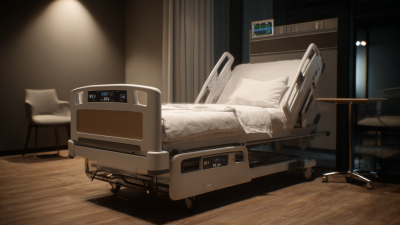
Exploring Innovative Alternatives to Electric Medical Beds for Enhanced Patient Care
-

Your Ultimate Guide to Best Wifi and 4/5g Connected Health Monitoring Solutions
-
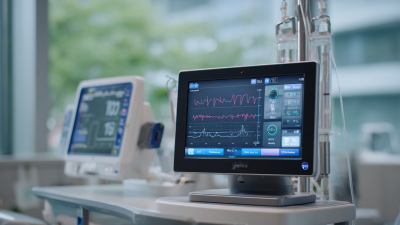
How to Optimize Patient Care with a Wifi Connected Vital Signs Monitor
-

2025 Trends: The Ultimate Connected Health Monitoring Solutions for Wifi and 4/5G
-
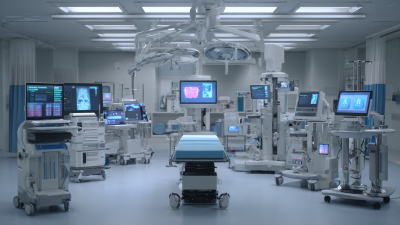
The Future of Medical Equipment Sites Shaping Healthcare Innovations


